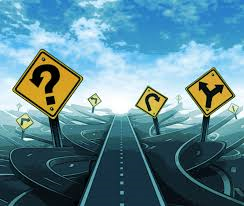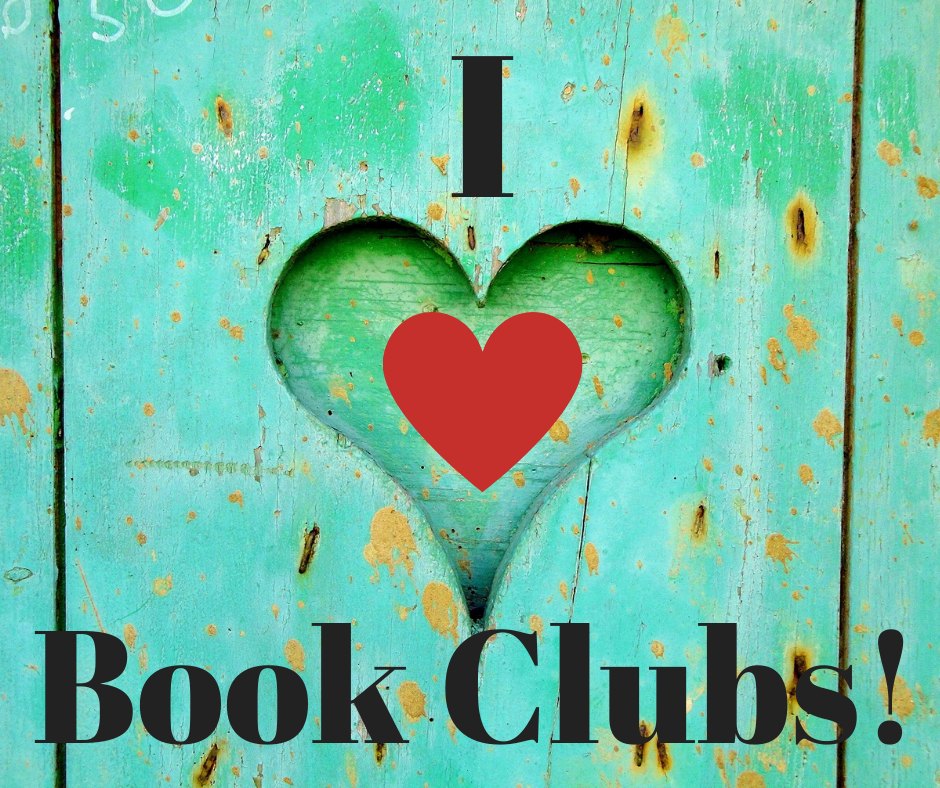The Stuff I Research
/Recently, I’ve done a lot of interviews for blogs and promotions for my latest Delanie Fitzgerald mystery, Glitter, Glam, and Contraband. One question that I’m asked a lot is how much research do you do for fiction Surprisingly, it’s a lot. (And I love the research quest part of the writing journey.)
For this book, I did a lot of research on the care and feeding of poisonous reptiles (enough to give myself the heebie jeebies — And now snakes keep appearing in pop-up ads on my social media sites.) I also did a lot of research of banned species in Virginia. Many thanks to the Virginia Department of Game and Inland Fisheries. They have a wealth of information on their site. I interviewed several people who raise snakes or exotic fish.
I had never been to a drag show, so I went with my writer pals, Rosemary Shomaker, Fiona Quinn, and Tina Glasneck. We went to Godfrey’s in Richmond, VA for a fabulous brunch. The entertainers were very helpful when they found out we were mystery writers.
There is also a time capsule/corner stone in the story, and I did a lot of research on what goes into these and what happens to them. So what happens if someone puts something in one that shouldn’t be there?
Right now, I’m working on a short story set around the Church Hill neighborhood in Richmond. In the 1920s, the railroad was repairing and expanding a tunnel in the neighborhood when there was a cave-in. It killed several workers. They and the train were trapped inside. After several days of failed rescue/recovery attempts, the railroad sealed the tunnel. And to this day, it’s still sealed as the final resting place of the workers and the train. There are lots of local legends and stories about the tragedy. Some are even tied to the Richmond Vampire. I’ve driven past the site hundreds of times, and I didn’t realize it was there. I’m fascinated with the lore around the history of the event. Reporter Mark Holmberg has done many stories on the site through the years, and I spent hours reading articles and posts and watching videos.
My story in the newest Mutt Mystery, “The Fast and Furious” (March 2020) takes place at a fictional racetrack. I had to do some research on cars, car parts, and NASCAR short track races. My husband rebuilds classic cars, and I got the idea for the murder weapon when he dragged me to the auto parts store. The newest story, “Strut Your Mutt,” is a dog show caper. I had to do a lot of research on the dog show world, pet chipping, and social media influencers.
So even though the stories and characters are fictional, a lot of research goes into making the story believable and real. I want to get the details correct and make the mystery/murder plausible. If you’re a writer, check out Fiona Quinn’s blog, Thrill Writing. She helps writers get it right.
















